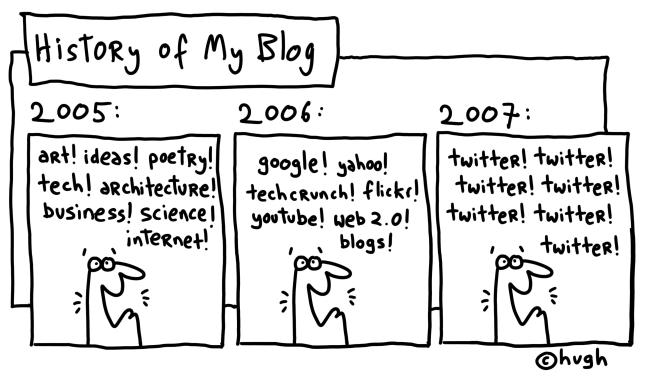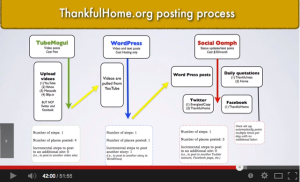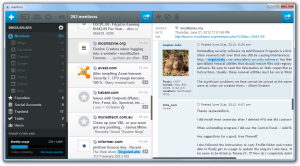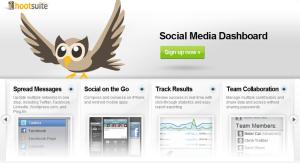
Photo Cred: http://www.dresswell.com
There are millions of blogs out there on every topic under the sun. What makes some blogs stand out? How do you get people to follow and engage with your blog? How do you make money off of your blog? You can start by following the best practices for blogging.
Blogs come in a few forms. You could write your blog, post video blogs, or create podcasts. According to the book, Groundswell by Charlene Li and Josh Bernoff, “Self-expression used to be either private, or difficult (Li & Bernoff, 2011, p.19)”. With the creation of blogs there are now ample ways to show off your self expression to other people.
“Nearly one in three online Americans (Li & Bernoff, 2011, p.19)” read blogs. In order to promote your blog you should read and comment on other blogs that share similar interests as you. You can give credit to other blogs by referencing other bloggers content within your own blog. This helps build a relationship between you and the other blogger as well as promote the other blogger’s content.
I work in the non-profit sector. According to Topnonprofits.com there are hundreds of non-profit blogs. You can view a list of the top 150 blogs here: http://topnonprofits.com/lists/nonprofit-blogs/.
The company that I work for uses a blog and twitter account to promote our advocacy efforts. The blog mixes stories of the company’s past with articles about current political topics that are relevant to the organization. The blog posts are tweets are consistent and there is new content every day to every few days.
If you are interested in purchasing your own copy of Groundswell you can pick up a copy on Amazon.com.



